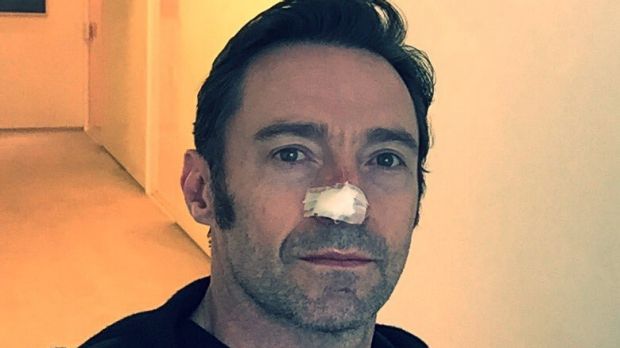There are three types of skin cancer; basal cell carcinoma, squamous cell carcinoma and melanoma. Actor Hugh Jackman used social media earlier this week to let the public know he has had his 6th skin cancer removal, diagnosed as basal cell carcinoma, in his words “the mildest form of cancer”.
When examining a patient’s skin for problematic lesions, moles or blemishes, doctors may take a biopsy or remove a suspect mark. This sample is then sent to a pathology lab where it is examined by a pathologist to determine if cancer is present.
Cancer Council estimates that two thirds of Australians will be diagnosed with skin cancer by the age of 70. Basal cell carcinoma is the most common form of the cancer, accounting for 70 percent of non-melanoma skin cancers.
Fortunately, as Jackman points out, non-melanoma skin cancers are mostly successfully treated.
However, it is important that Australians are vigilant about skin cancer checks. A suspicious mark may turn out to be harmless but if it does turn out to be cancer it is important to get fast treatment. This is particularly important for cases of the more dangerous type of skin cancer, melanoma, which caused over 1500 deaths in 2015.
The only way to accurately diagnose what type of cancer is present or if a blemish is benign is via pathology testing. An anatomical pathologist will examine the sample removed by a doctor and provide data on the type of cancer as well as ‘staging’ the cancer. This denotes the thickness of cancer and whether it is likely to have spread to another area of the body.
The 5 year survival rate for melanoma is 90%, and early detection is key to this.
“WEAR SUNSCREEN” Tweeted Jackman, we’d like to add “GET CHECKED”.
http://www.abs.gov.au/AUSSTATS/[email protected]/DetailsPage/3303.02015?OpenDocument

